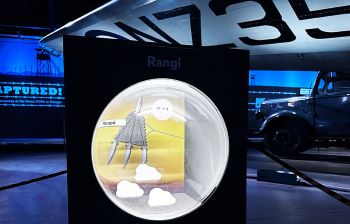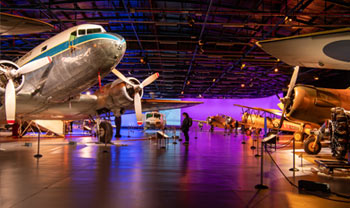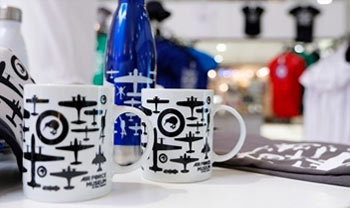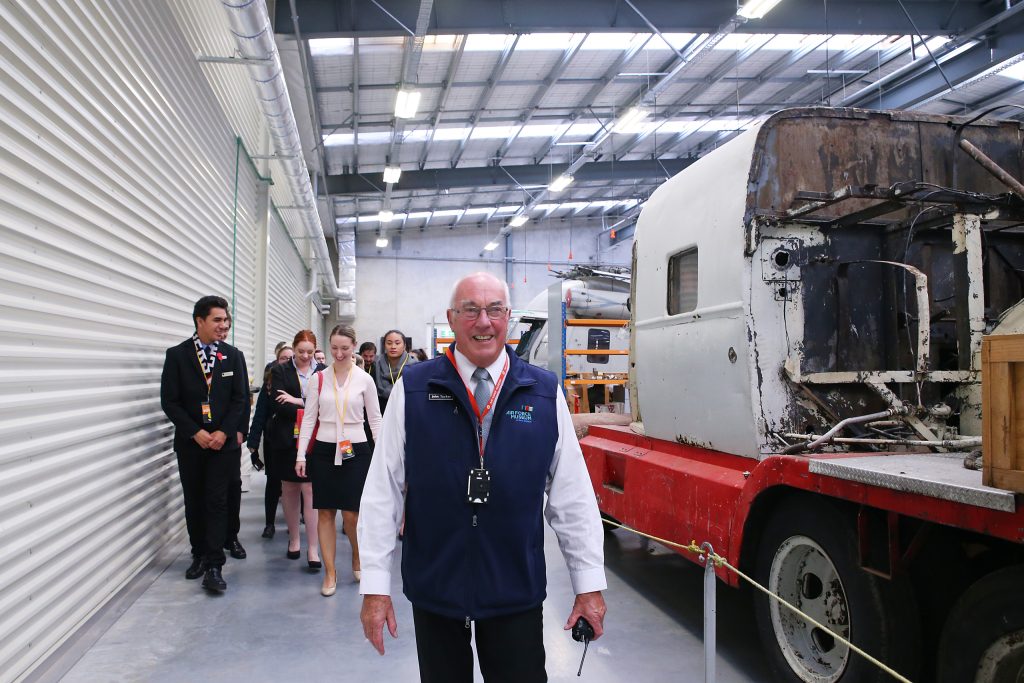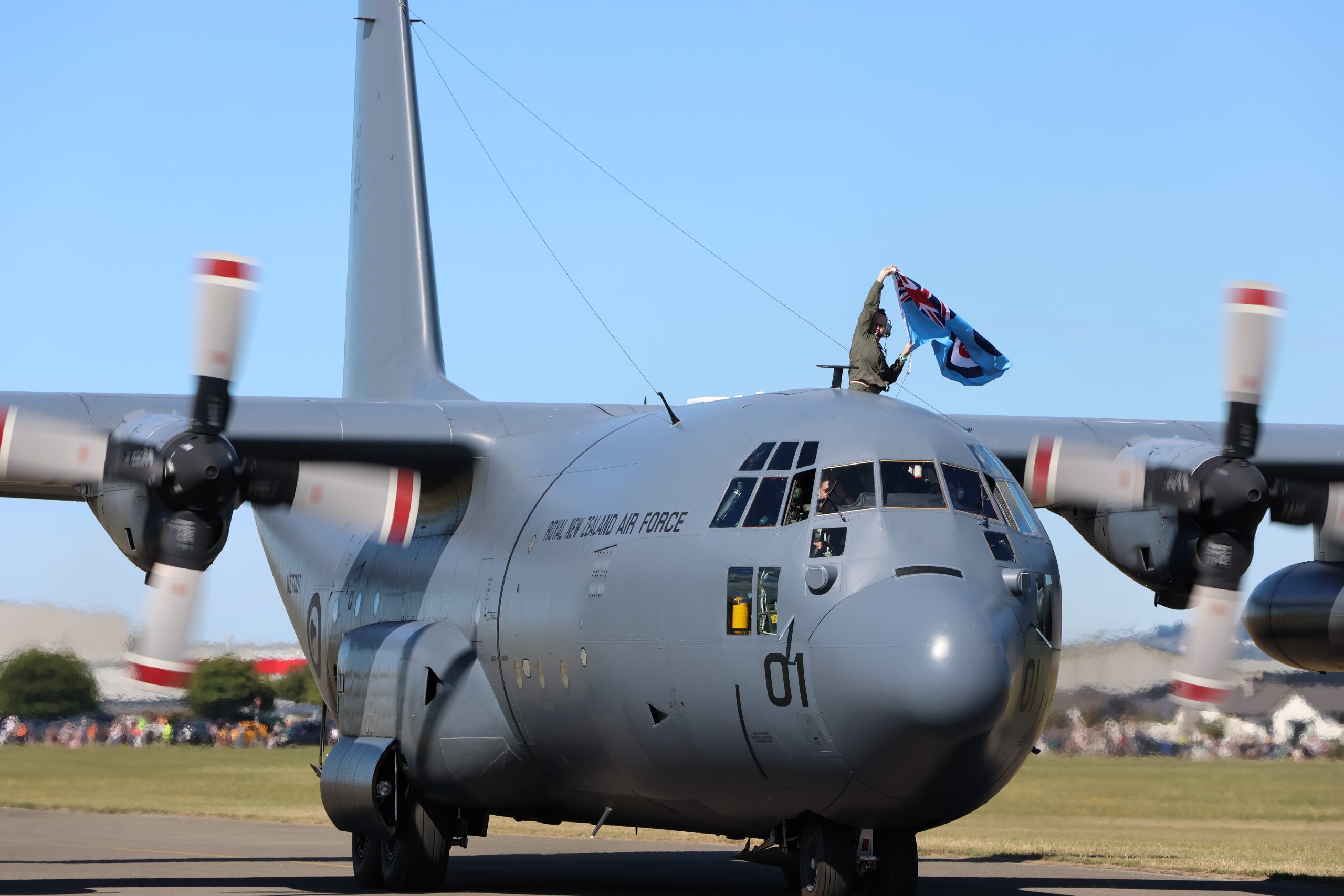After 60 years of service RNZAF C-130H (NZ) Hercules NZ7001 has retired in style with its final touch down at the Air Force Museum of New Zealand at Wigram in Christchurch.
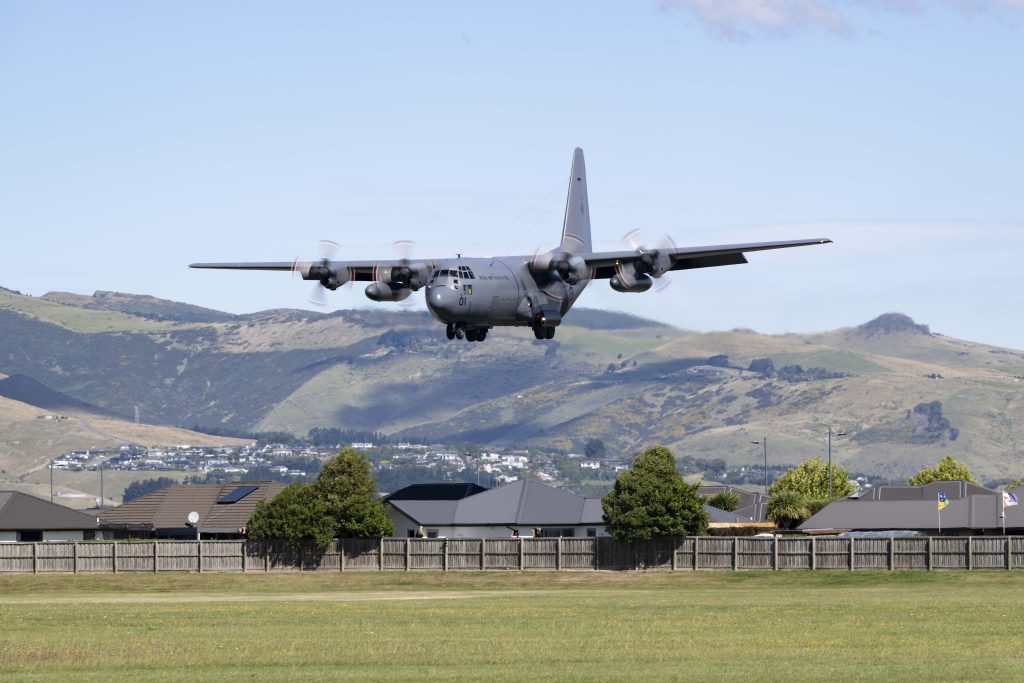
NZ7001 – the very first Hercules to serve in the RNZAF – pulled off the last of more than 20,000 landings on a shortened airstrip outside the museum – 30 years after Wigram closed as an operational base.
Air Force Museum Director Brett Marshall thanked the RNZAF crew for a spectacular send-off for the aircraft.
“It was a perfect landing and a fitting end to the service life of these extraordinary aircraft. NZ7001 bowed out in style – and we can’t thank the RNZAF enough for delivering it safely.’’
The aircraft was the first of the RNZAF’s five Lockheed Hercules to be built and it will be preserved as an example of the extraordinary fleet that clocked up more than 155,000 accident-free flying hours and nearly 100,000 landings since 1965.
From Antarctica to Afghanistan and through droughts, floods, cyclones, earthquakes and civil wars around the globe, the Hercules were there to help.
They have also been the backbone of military flying in New Zealand, and a huge support for the NZ Army, Police and Civil Defence wherever and whenever they were needed.
Now the aircraft is safely retired the museum is hoping the New Zealand public will take the chance to pay the Hercules back for its service.
Measuring 29.8m from nose to tail, with a wingspan of 40.5m and a tail soaring to just under 11m high, the Hercules is too large for the museum’s exhibition halls.
So, the museum has launched a campaign to raise the more than $16 million needed to build a new home for the Hercules and its sister aircraft – the Lockheed P-3K2 Orion.
“The Christchurch City Council has already swung in behind us by earmarking $5 million in its annual plan to support the build. We’re looking to the public to help us raise another $11 million to house the aircraft so they can be conserved and displayed for the generations to come.’’
In the meantime, there are special open days planned for the April school holidays so the public can get to see the aircraft up close and support the museum’s campaign to build them a new home.
Mr Marshall, a former C-130H pilot, said NZ7001 is an extraordinary aircraft that deserved to be preserved.
“These aircraft have been exemplary workhorses for New Zealand and we are delighted to have the chance to preserve one. It is not just an aircraft – it also represents an important piece of social history.
“We will be displaying the aircraft as a testament to the many thousands of RNZAF personnel who have supported, maintained and operated them for six decades.’’
The Air Force Museum of New Zealand is a not-for-profit trust. The public can support the museum with donations at https://airforcemuseum.co.nz/make-a-donation/, by visiting the museum store, subscribing to newsletters and following the museum on Facebook and Instagram.
RNZAF C-130H Hercules history:
The first three Hercules were delivered to No. 40 Squadron at RNZAF Base Auckland in 1965 and were quickly put to work transporting personnel from NZ Army 161 Battery and aid to Vietnam.
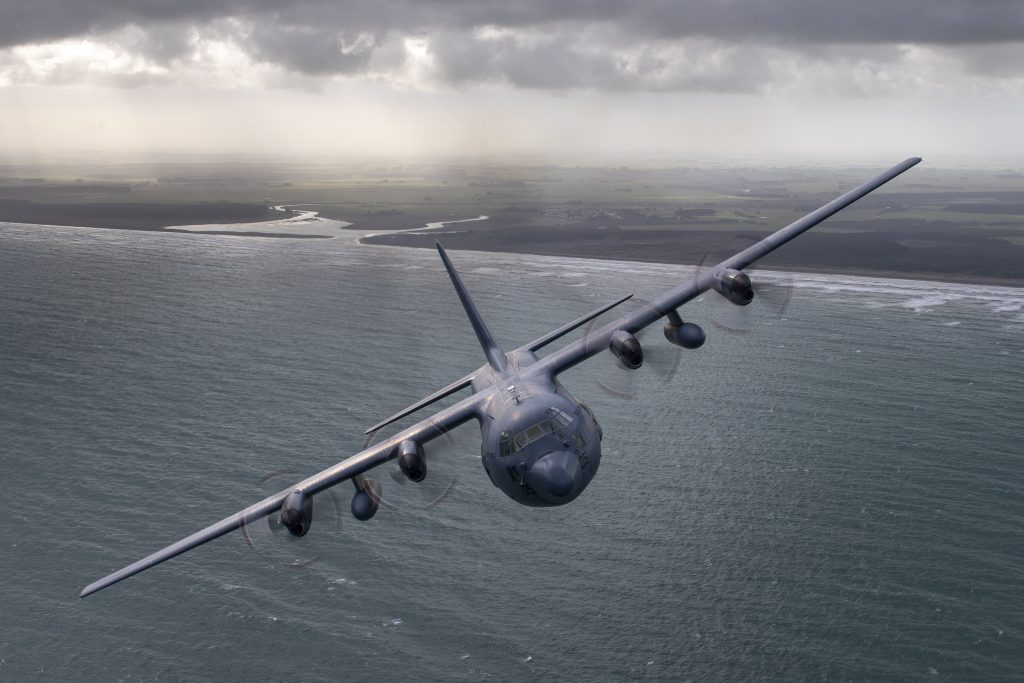
That same year, a Hercules with personnel and supplies made its first flight to Antarctica.
By 1969, the aircraft had proven so valuable in providing strategic and tactical airlift capabilities a further two were purchased, bringing the fleet to five aircraft.
The RNZAF’s Hercules have since been to almost every corner of the world, delivering troops, cargo and humanitarian aid into conflict and disaster zones.
In the 1970s the Hercules was the first RNZAF aircraft to visit mainland China and the Soviet Union during the Cold War. The fleet also provided service in Pakistan, Cambodia and Bangladesh.
In the 1990s, two aircraft and supporting crews deployed to Saudi Arabia during the Gulf War and with United Nations and other peacekeeping support in Bosnia and Herzegovina, Somalia, Uganda, the Persian Gulf and Rwanda.
The aircraft also helped sustain more than 1000 New Zealand troops stationed in East Timor around the turn of the century.
In 2001 the aircraft deployed detachments of the 1st New Zealand Special Air Service Regiment to Afghanistan, which was the beginning of a 20-year NZDF deployment to the country, including troop rotations in and out of the Bamyan province.
Closer to home, the fleet has supported disaster response missions on an enduring basis, including the 2004 Boxing Day Tsunami, Cyclones Pam and Winston in the Pacific, the 2011 Christchurch earthquake and 2016 Kaikoura earthquake and more recently Cyclone Gabrielle.
The fleet has also transported personnel to Europe to further support Ukraine against the Russia invasion and assisted in the evacuation of refugees from Afghanistan.
Over the years, the aircraft have received a number of modifications and upgrades, with the most recent being a Life Extension Programme in 2005. That involved an extensive avionics upgrade of the flight deck and structural refurbishment, upon which the aircraft were re-designated the C-130H(NZ).
